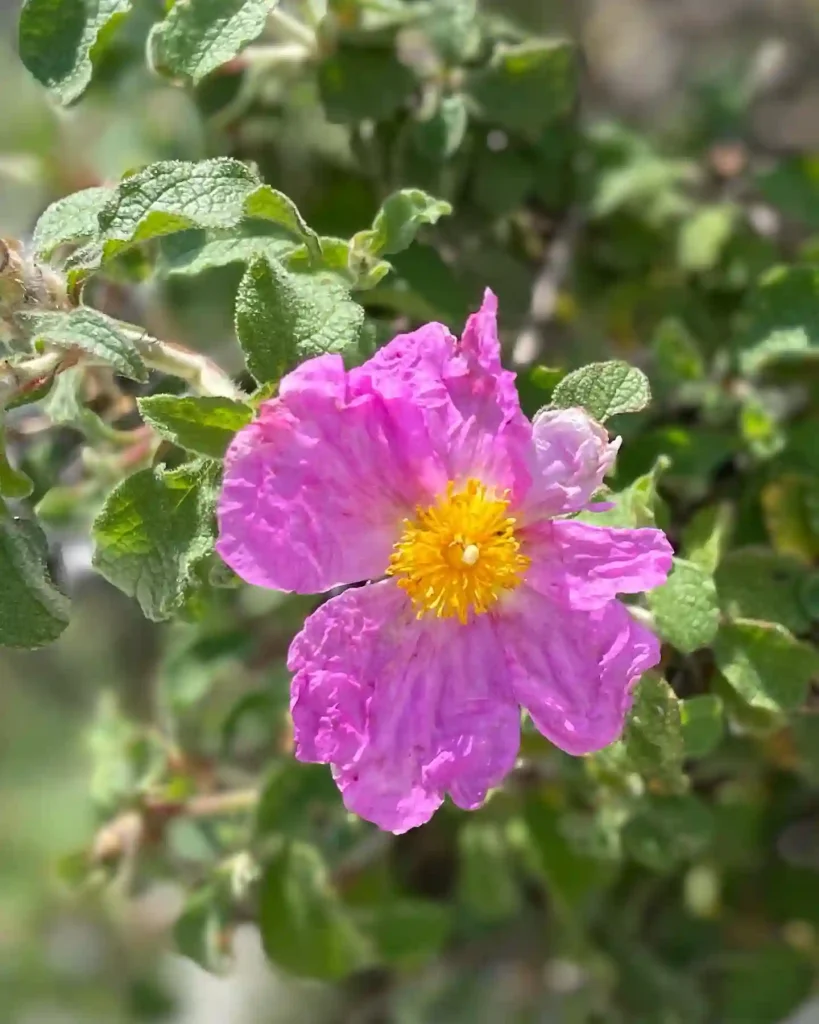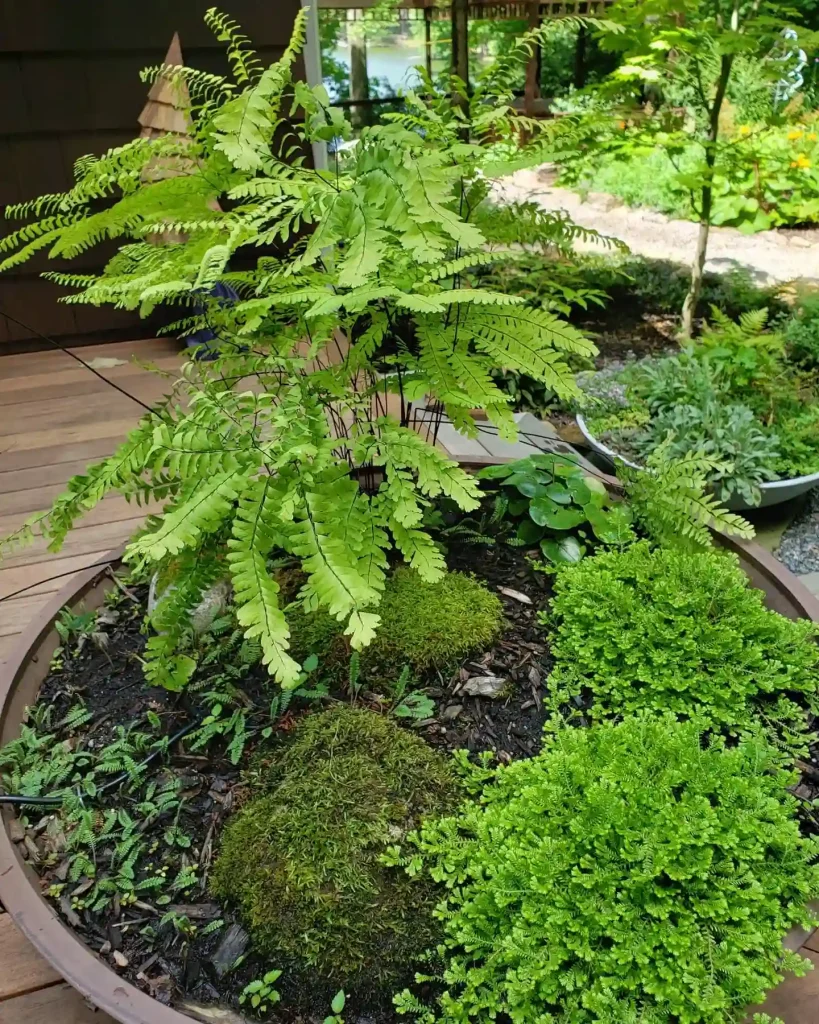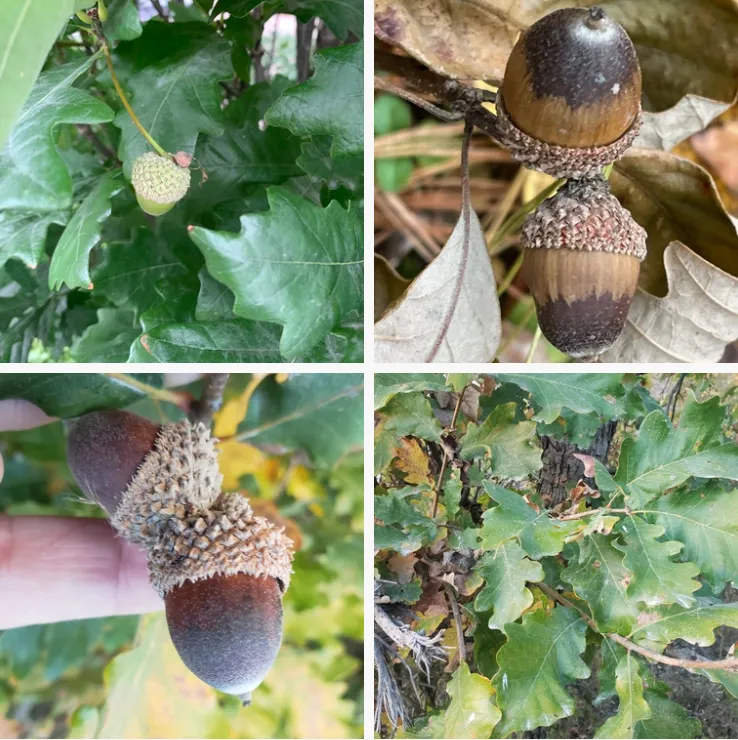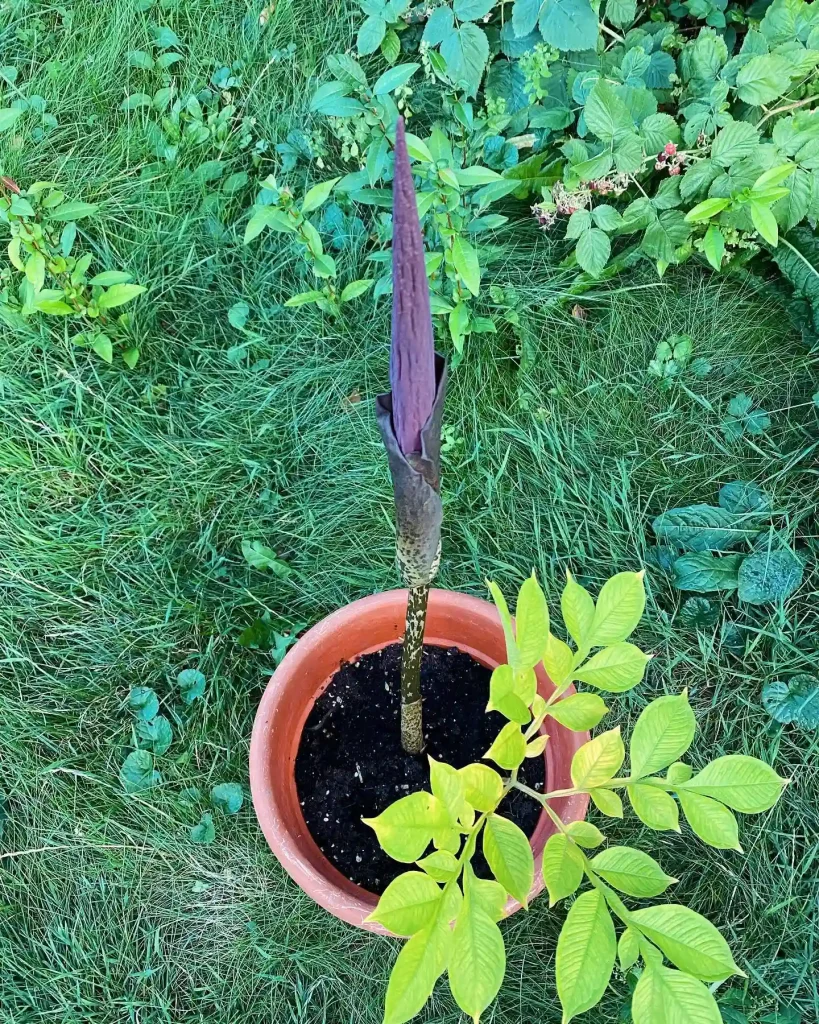FAQs About Nepenthes Palawanensis
Nepenthes Palawanensis, commonly known as the Palawan Pitcher Plant, is one of the more intriguing species of Nepenthes, native to the island of Palawan in the Philippines. As someone who has delved into growing these fascinating plants, I’ve encountered numerous questions from fellow enthusiasts. Here’s a comprehensive guide based on my experiences and insights.
Plant Family: Nepenthaceae – 207 Species in Genus Nepenthes
What Is Nepenthes Palawanensis?
Nepenthes Palawanensis is a tropical carnivorous plant known for its unique pitcher-shaped leaves. It is part of the Nepenthaceae family, which comprises various species of pitcher plants. Unlike other Nepenthes species, Nepenthes Palawanensis is relatively small, making it an attractive option for those new to carnivorous plants. It thrives in the humid, nutrient-poor soils of its native environment, catching insects with its specialized pitfall traps.
How to Care for Nepenthes Palawanensis?
Caring for Nepenthes Palawanensis can be a rewarding experience if you understand its basic needs. Here’s a rundown based on my personal experiences:
- Light: Nepenthes Palawanensis requires bright, indirect light. Direct sunlight can scorch the plant, while too little light may lead to elongated growth. A grow light with a spectrum similar to natural sunlight can be beneficial, especially if you’re growing it indoors.
- Water: This plant prefers distilled or rainwater. Tap water can be too hard or contain chemicals that may harm the plant. Keep the soil moist but not waterlogged. Overwatering can lead to root rot, while letting the soil dry out completely can stress the plant.
- Humidity: Nepenthes Palawanensis thrives in high humidity. Aim for a relative humidity level of at least 50%, though 60-70% is ideal. A humidity tray or a room humidifier can help maintain these levels, especially in drier climates.
- Temperature: This plant prefers a range of 70-85°F (21-29°C) during the day and slightly cooler temperatures at night. Avoid exposing it to temperatures below 50°F (10°C), as it can cause stress and hinder growth.
- Soil: Use a well-draining, acidic soil mix. A common blend is sphagnum moss, perlite, and orchid bark. This mix mimics the plant’s natural habitat and helps prevent waterlogging.
How to Propagate Nepenthes Palawanensis?
Propagating Nepenthes Palawanensis can be a bit tricky, but it’s definitely possible with the right techniques. Here’s how I go about it:
- Leaf Cuttings: The most common method is taking leaf cuttings. Choose a healthy, mature leaf and cut it just below the base. Place the cutting in a propagation mix, such as a combination of sphagnum moss and perlite. Keep it warm and humid until roots begin to form.
- Seed Propagation: If you’re interested in growing Nepenthes Palawanensis from seeds, ensure you start with fresh, viable seeds. Sow them on a surface of moist sphagnum moss or a peat-based medium. Keep the seeds in a warm, humid environment and be patient, as germination can take several weeks.
- Division: For mature plants, division can be an effective propagation method. Carefully separate the plant into smaller sections, ensuring each section has a portion of the root system. Replant each division in its own pot.
What to Plant with Nepenthes Palawanensis?
When it comes to companion planting, Nepenthes Palawanensis pairs well with other carnivorous plants that share similar growing conditions. Some great companions include:
- Nepenthes Mirabilis: This species has similar care requirements and can complement the appearance of Nepenthes Palawanensis.
- Sarracenia Species: Known as North American pitcher plants, they can thrive in similar conditions and add diversity to your plant collection.
- Drosera Species: Sundews like Drosera Capensis or Drosera Binata can coexist well with Nepenthes and help control small insect populations.
Common Problems and Solutions
Despite their hardy nature, Nepenthes Palawanensis can encounter a few issues:
- Leaf Curling: This often indicates low humidity or insufficient light. Adjust the environment to ensure optimal conditions.
- Blackened Pitchers: This usually happens due to overwatering or fungal infections. Allow the soil to dry slightly and treat with a fungicide if necessary.
- Slow Growth: If your plant isn’t growing as expected, check that it’s getting enough light and the soil is acidic and well-draining.
Conclusion
Nepenthes Palawanensis is a fascinating and relatively easy-to-care-for carnivorous plant that can make a great addition to any plant collection. With the right conditions and a bit of care, it can thrive and even become a conversation starter among fellow plant enthusiasts. If you’re considering adding one to your collection, I hope this guide helps you get started on the right foot.
If i die, water my plants!



